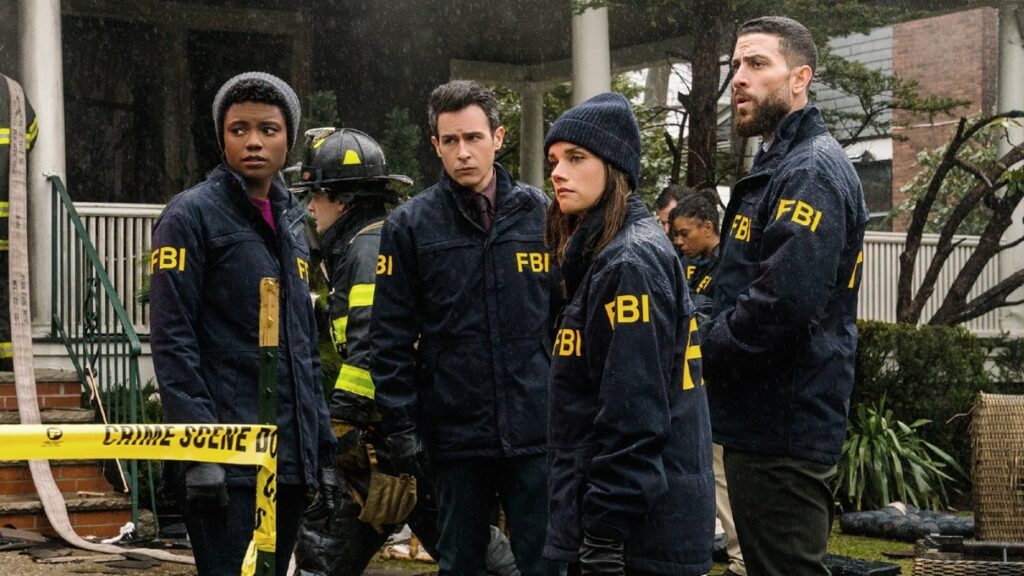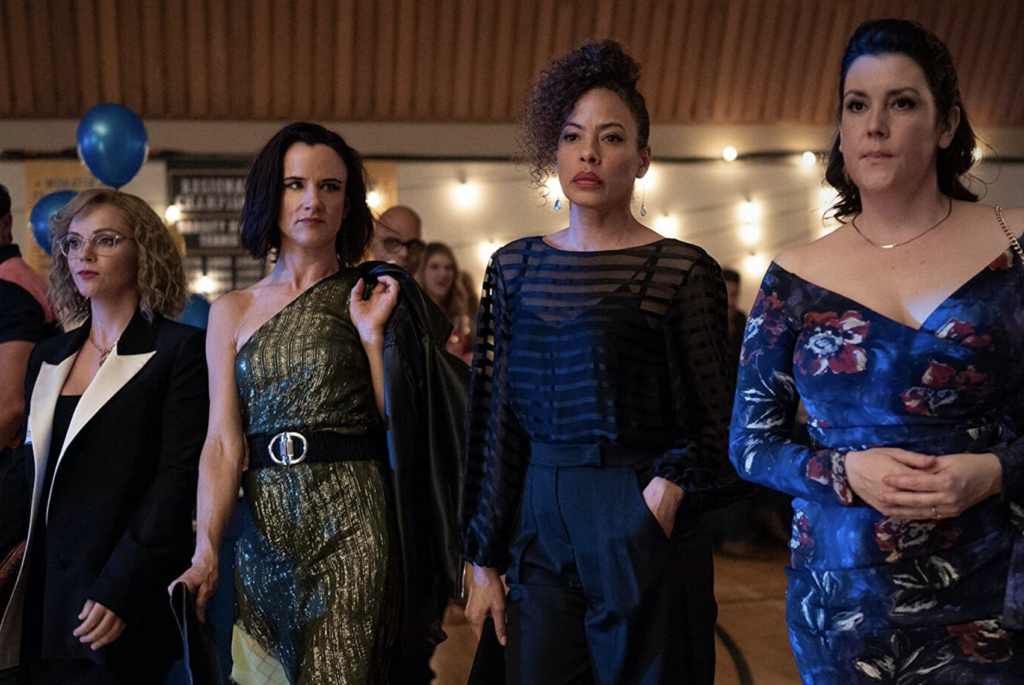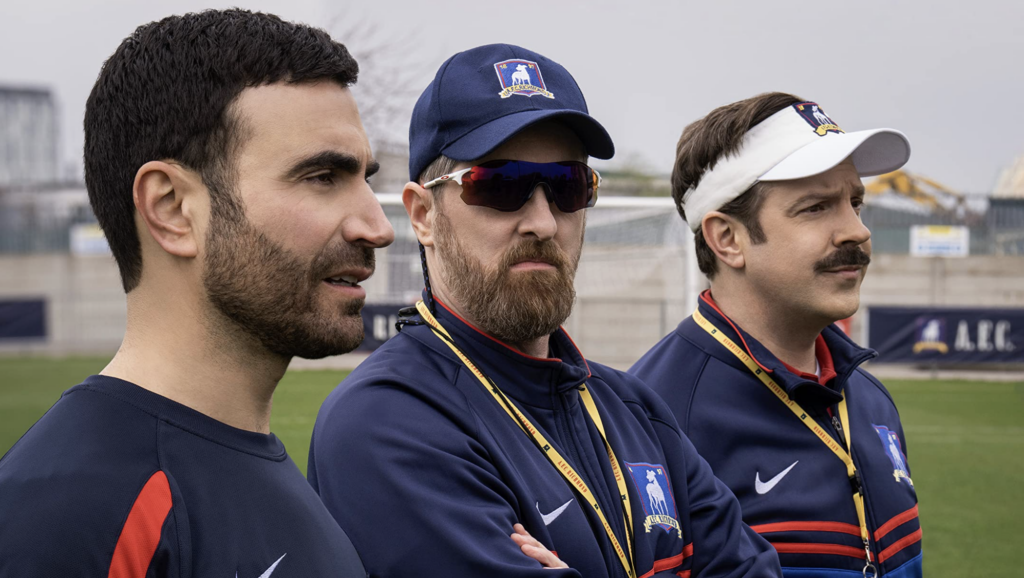Do you have an amazing idea for a TV pilot? Most screenwriters do. Maybe your idea includes quirky characters, a little-known location, an underdog story, perhaps even a mystery. But once you have written Fade Out on your amazing pilot, how do you know if your story can sustain 8, 12 or even 22 episodes? Does your story have enough juice to keep audiences coming back week after week? It all depends on your story engine.
Got a great TV Pilot? Enter it into the ScreenCraft TV Pilot Competition!
What is a Story Engine?
Just like your car’s engine makes your car drive, a story engine is the motor that drives the plot, characters, and themes in your show. A story engine is something that generates an endless stream of storylines that provide a framework for the writers to create new plots each episode.
If someone asks, “What’s your show about?” The answer to that question, or the show’s logline, usually has the story engine embedded somewhere in the description, especially if it’s a procedural drama. The story engine informs the show’s characters and setting, creating a unique identity and tone for the show. It’s what makes a TV show highly watchable, sometimes addictive and keeps viewers coming back week after week.
Read More: How To Structure a Great TV Pilot
Story Engine Examples
Let’s take a look at eight TV shows and list their story engines as examples.
FBI
The show FBI is a procedural drama where a new crime must be solved each week. The show’s story engine uses the familiar “crime of the week” format that we’ve seen in numerous shows over the decades like CSI, Hill Street Blues, NYPD Blue and Cop Rock (extra points if you remember this show that was a procedural musical).
To differentiate this “crime of the week” drama from others, FBI focuses on two young, good-looking FBI agents as they try to solve crimes in New York City. These agents, Maggie and OA, try their best to solve the crime, while the FBI hierarchy, their bosses, and even their own moral codes often thwart them.

FBI (2018-)
Procedural drama is one of the most popular forms of TV because the crime will be solved by the end of the episode, giving the audience a feeling of satisfaction and completion. The format allows for easily digestible, one-hour stories that the audience can be entertained by then forget about until next week. With a procedural, the audience knows what to expect: the same but different. FBI – now a franchise referred to as “The FBIs” are a great example of the success of the “crime of the week” format.
Read More: 65 TV Pilot Scripts That Screenwriters Should Study
Game of Thrones
The story engine behind Game of Thrones is the struggle for power in the fantasy kingdom of Westeros. The show features various noble houses competing for control of the Iron Throne, while also dealing with threats from beyond the Wall like dragons and from within their own families. The show is able to investigate themes of morality, war, and politics, while also creating a sometimes violent, sometimes sexy, often triumphant fantasy world.

Game of Thrones (2011-2019)
Succession
Similar to Game of Thrones, the story engine for Succession is the struggle for power and control within the Roy family. The patriarch of the family, Logan Roy, is the CEO of a global media empire, while his four self-indulgent children, Connor, Kendall, Roman and Shiv, are all vying for their father’s approval as they attempt to become the successor.
The story engine of Succession is driven by the characters’ selfish motivations and desires. Each character has their own agenda, and they are constantly scheming week to week. The conflict between the characters is what drives the plot forward, and it is what keeps audiences tuning in.

Succession (2018-2023)
The Last of Us
The Last of Us is a post-apocalyptic show that explores the aftermath of a zombie/deadly fungus outbreak. The show’s story engine is built around the idea that survival is the only thing that matters in a world overrun by the fungus-riddled undead. The central conflict of the show is the struggle to survive in a hostile world, and the show’s characters must constantly face new challenges and threats as they try to stay alive.
Adding to the conflict is the surrogate father/daughter love story between Joel and Ellie and whether or not they are able to trust each other. The show’s story engine has allowed it to explore a wide range of themes, from morality and ethics to individualism vs. the greater good.
Read More: Antihero with a Heart: Analyzing Joel from ‘The Last of Us’

The Last of Us (2023-)
Yellowjackets
The story engine for Yellowjackets is how adult Shauna, Natalie and Misty cope with their personal issues related to a mysterious plane crash they barely survived as teens. Because the show only reveals small, often bloody snippets of how they survived in flashbacks, the story engine generates plot based on the audience’s desire to know what happened. Was there a crime? Did people die? Did they resort to cannibalism? This plot device is also called a hook, because if done correctly, the audience is hooked until they know the full story behind what happened.
Read More: A Screenwriter’s Guide to Plot Devices

Yellowjackets (2021-)
Lost
Similar to Yellowjackets, Lost’s story engine also uses mystery to generate storylines. In the show, a group of strangers are stranded on an enigmatic island and must work together to survive. The central question of the show asks how will these disparate people, who are at constant odds with each other, will come together and survive? The show’s story engine also allows it to explore many interesting themes like mortality and spirituality, while exploring the science fiction and thriller genres.
Read More: Pilot Breakdown: Lost

Lost (2004–2010)
Abbott Elementary
The story engine for Abbott Elementary is the unpredictable and chaotic environment of the public elementary school where the show takes place. The kids, teachers and even the local government create surprising and comedic situations that help generate plotlines. Though there are often individual storylines, the show is typically driven by the relationships between the stressed-out teachers who are underpaid and underappreciated. When the teachers put their conflicts aside and work together, they create a sense of community that the audience can aspire to.

Abbott Elementary (2021-)
This type of story engine is called an “ensemble engine” because it heavily relies on the dynamics of the ensemble of the teachers at the school. This type of story engine can also be seen in shows like The Office or Ghosts.
Ted Lasso
The story engine for Ted Lasso uses a “fish out of water” format that generates storylines around an optimistic American football coach (the fish) who fumbles to success while coaching a British soccer team. Ted’s unconventional coaching style clashes with the team’s traditional approach, creating conflict and tension that propels the story forward.
This story engine also generates comedic story lines because the well-meaning Ted is constantly making social and cultural faux pas, allowing the audience to root for him while he learns from his mistakes. As Ted and his team learn to work together, they become stronger both on and off the field. Similar to Abbot Elementary, this message of teamwork and community is what makes the audience so enamored with the show and its characters.

Ted Lasso (2020-2023)
As you write your own pilot, it’s important to know the details of the story engine and how it drives your show. Your story engine can provide a helpful roadmap for you to follow, so that each episode builds on the story that came before it. This allows the show to create a sense of momentum and continuity that keeps audiences engaged over the long term.
Read More: Why Writing TV Is Better Than Writing Feature Films (and Why It’s Not)
CHECK OUT OUR PREPARATION NOTES SO YOU START YOUR STORY OFF ON THE RIGHT TRACK!
The post What is a Story Engine and How Can it Help Your TV Pilot appeared first on ScreenCraft.
Go to Source
Author: Shanee Edwards

